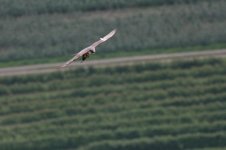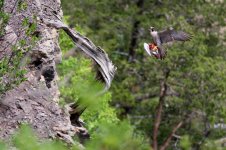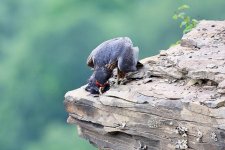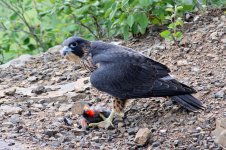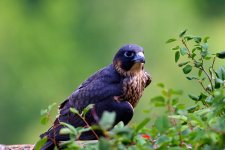crazyfingers
Well-known member
I was making a nostalgia visit to my old University, UMass Amherst, last week and saw a very large white splotch on the library tower. Looking more closely there was a peregrine falcon on a post at the very top window of the mess.
Based on the mess, I guess the falcon likes this spot.
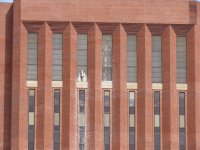
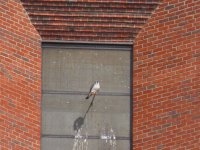
I was pretty far away. This is where I took the photos. (Canon SX70)

It hung around a while and then left. Not a good photo but my first of a flying falcon
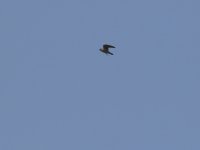
Based on the mess, I guess the falcon likes this spot.


I was pretty far away. This is where I took the photos. (Canon SX70)

It hung around a while and then left. Not a good photo but my first of a flying falcon







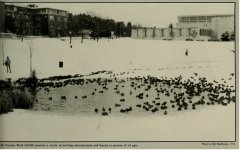
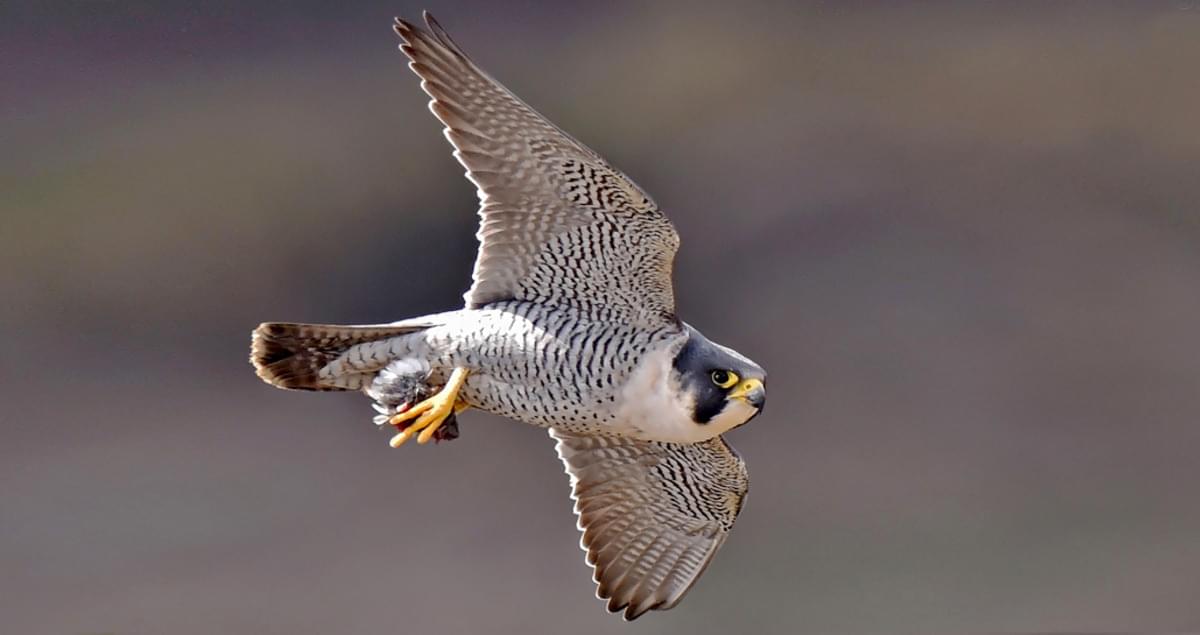
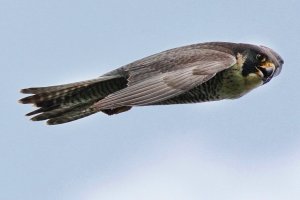
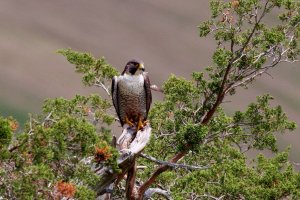
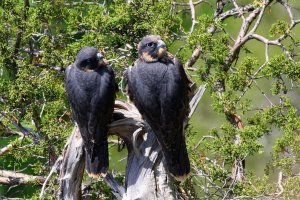
![image010[1].jpg image010[1].jpg](https://www.birdforum.net/data/attachments/1472/1472078-a694c398547fda99e02778773b2d8b86.jpg)
